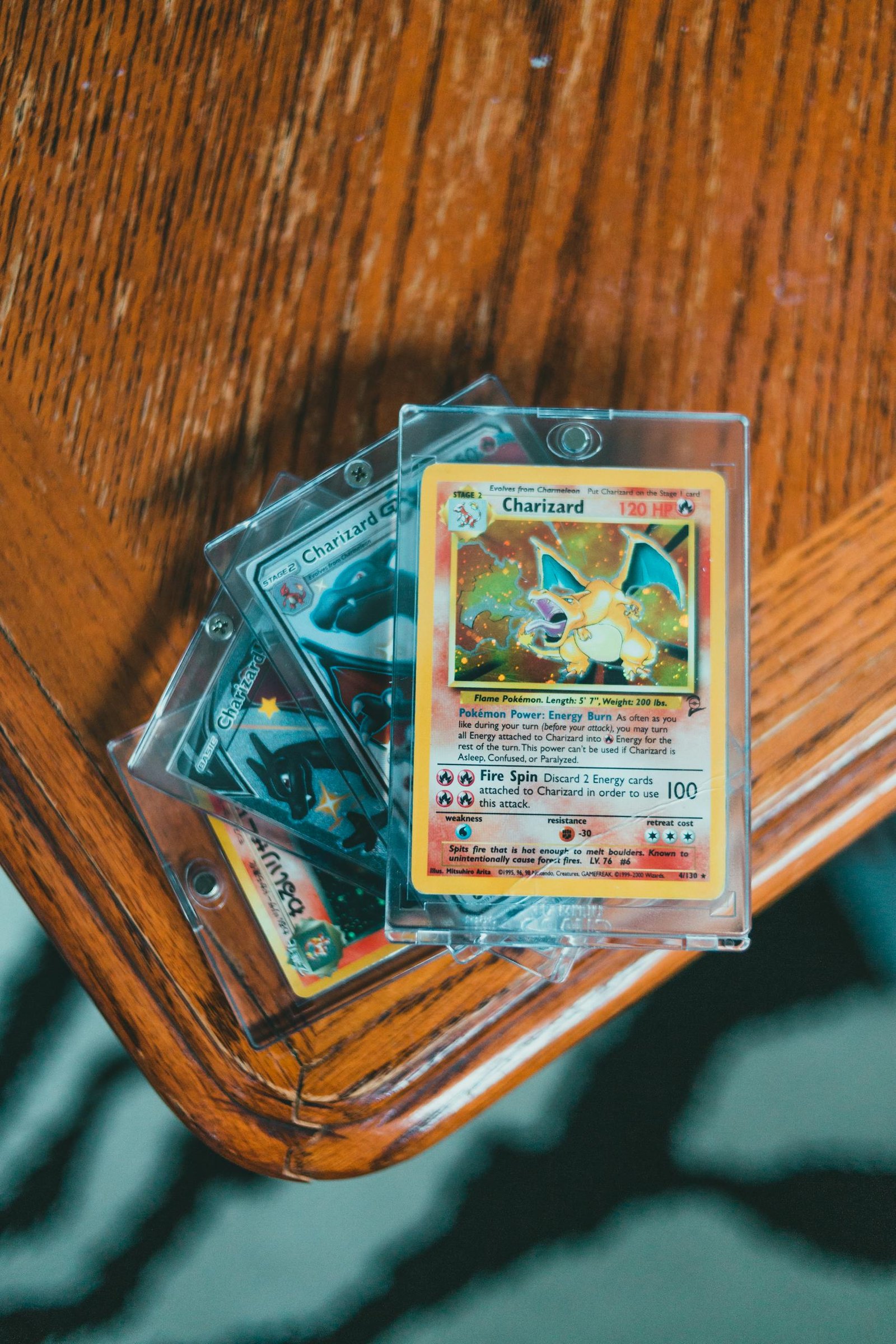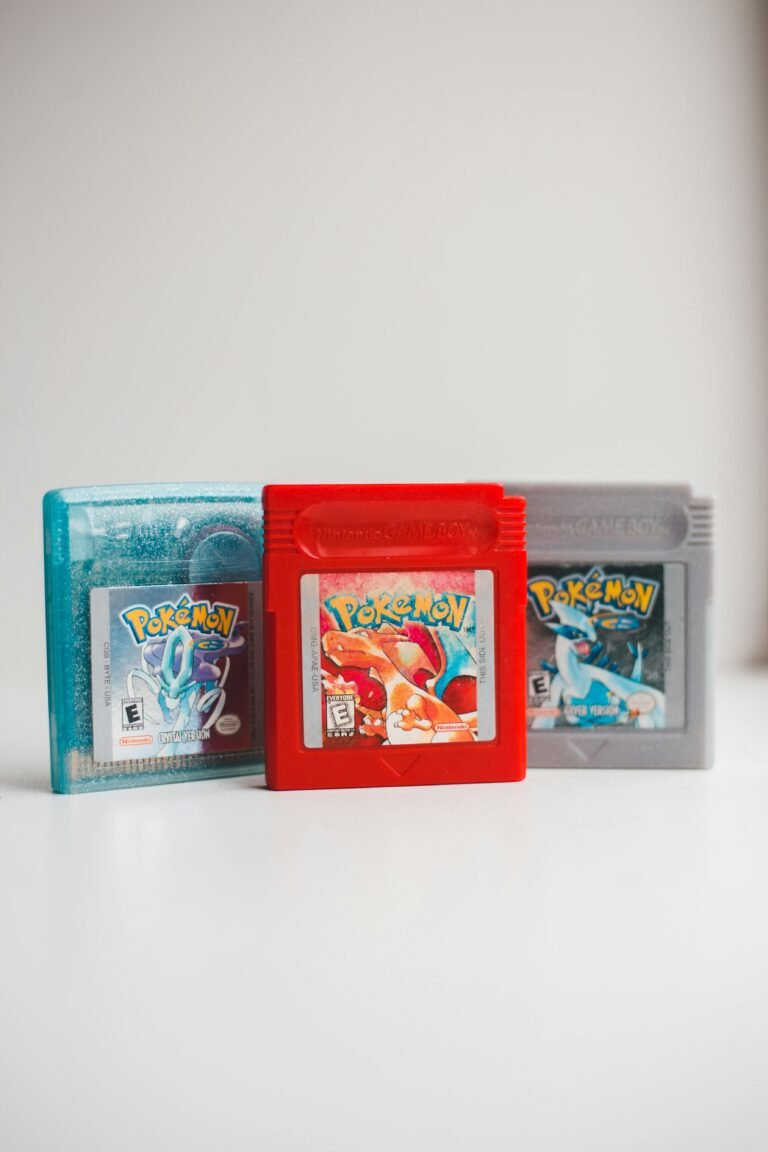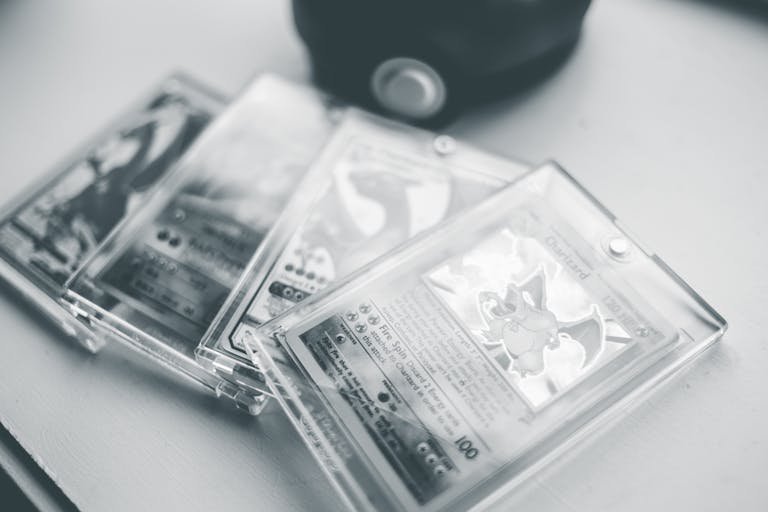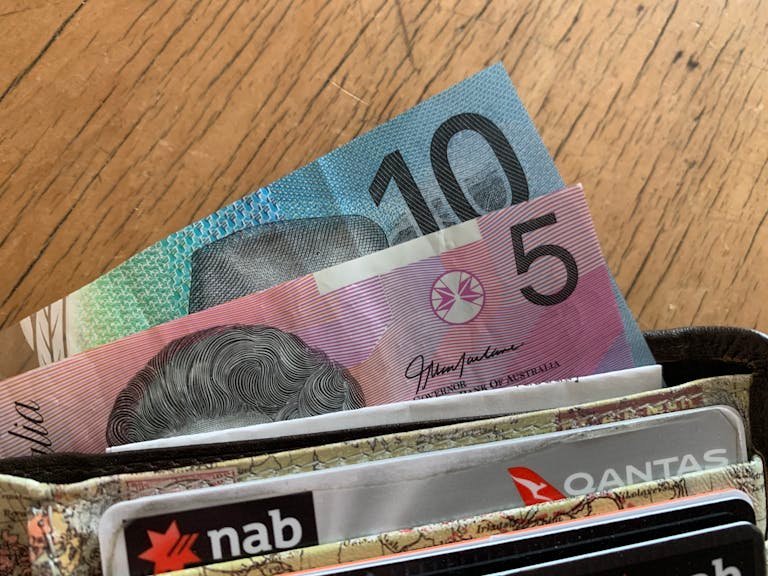PSA 9 vs PSA 10: The Tiny Details That Make a Big Difference
When it comes to collecting trading cards, whether they are sports cards, Pokémon cards, or other popular collectible items, the condition of the card is crucial. Two of the most common and sought-after grades in the world of card grading are PSA 9 and PSA 10. These two grades can significantly affect the card’s value, rarity, and overall appeal to collectors. In this blog, I will explore the details of both PSA 9 vs PSA 10 cards, highlight their differences, and explain why these grades matter.
What is PSA Grading?
PSA (Professional Sports Authenticator) is one of the leading companies in the world that grades trading cards and other collectibles. The company uses a 10-point scale to assess the condition of a card, with a PSA 1 being the lowest and a PSA 10 representing the highest grade possible. The grade assigned by PSA can have a significant impact on the value of a card, especially for rare and popular items.

PSA 9
A PSA 9 card is considered to be in “near-perfect” condition. While it is extremely close to being perfect, it may have a few minor imperfections that prevent it from receiving the top grade of PSA 10.
Characteristics
- Minimal flaws: These may have minor imperfections such as slight centering issues, a small scratch, or a minor crease.
- High-quality appearance: The card’s overall appearance is excellent, with vibrant colors and sharp details.
- Market value: PSA 9 cards typically command a high market value, especially for popular and rare cards.
PSA 10
A PSA 10 card is in “gem mint” condition, which means it is perfect in every possible way. It represents the pinnacle of card grading and is considered flawless. For collectors, a PSA 10 card is the ultimate prize.
Characteristics
- No flaws: The card exhibits no visible imperfections whatsoever, including centering issues, scratches, creases, or other defects.
- Perfect appearance: The card’s colors are vibrant, the details are sharp, and the overall presentation is flawless.
- Market value: PSA 10 cards are highly sought after and often command significantly higher prices than PSA 9 cards, especially for popular and rare collectibles.
PSA 9 vs. PSA 10
| Feature | PSA 9 | PSA 10 |
|---|---|---|
| Grade | Mint | Gem Mint |
| Condition | Near-perfect condition with minor flaws | Pristine condition with no visible flaws |
| Centering | Approximately 60/40 to 65/35 on the front and 90/10 or better on the reverse | Approximately 55/45 to 60/40 on the front and 75/25 percent on the reverse |
| Surface | Minor imperfections like slight wax stains or printing flaws may be present | No surface imperfections |
| Corners | Slightly rounded or worn corners | Perfect corners |
| Edges | Minor edge wear | No edge wear |
| Value | Significantly lower than PSA 10, especially for rare or highly sought-after cards | Significantly higher than PSA 9, often commanding a premium price |
| Availability | Relatively more common | Rarer and more difficult to find |
Read Also: What Makes a Football Card Valuable
Key Differences Between PSA 9 and PSA 10
Now that you know what defines a PSA 9 and a PSA 10 card, let’s explore the key differences between these two grades.
1. Flawlessness
- PSA 9: These cards may have minor imperfections, such as slight centering issues, a small surface scratch, or minor corner wear. While these flaws are minimal, they prevent the card from achieving the coveted PSA 10 grade.
- PSA 10: In contrast, PSA 10 cards are completely flawless. There are no visible imperfections, and the card is in perfect condition in every aspect, from centering to the surface.
2. Market Value
- PSA 9: While PSA 9 cards are still highly valuable, they generally do not command the same premium as PSA 10 cards. The difference in price between a PSA 9 and a PSA 10 can be significant, especially for rare and in-demand cards.
- PSA 10: Because of their perfect condition and rarity, PSA 10 cards often sell for much higher prices. Collectors are willing to pay a premium for the assurance that they are getting a flawless card.
3. Rarity
- PSA 9: PSA 9 grades are more common than PSA 10 grades. While PSA 9 cards are still highly desirable, they do not hold the same level of exclusivity as PSA 10 cards.
- PSA 10: PSA 10 cards are far less common, making them more sought after by collectors. The rarity of a PSA 10 grade can dramatically increase the value of a card, especially for older or highly collectible items.
4. Collector Preferences
- PSA 9: Some collectors may prefer PSA 9 cards due to their lower cost compared to PSA 10s. A PSA 9 card offers an excellent balance between quality and affordability, making it an attractive option for collectors on a budget.
- PSA 10: For collectors who seek perfection and are willing to pay a premium, PSA 10 cards are the ultimate goal. The flawless condition and rarity of PSA 10 cards make them the top choice for serious collectors and investors.

Which Should You Choose: PSA 9 or PSA 10?
When deciding between purchasing a PSA 9 or PSA 10 card, several factors come into play, including your budget, goals as a collector, and the rarity of the card.
Budget Considerations
- If you’re working with a limited budget, PSA 9 cards can offer fantastic value. They are still high-quality cards with minimal imperfections and are often more affordable than PSA 10 cards.
- However, if you’re looking for an investment piece or are willing to pay for perfection, PSA 10 cards are the way to go. Their higher market value and rarity can make them a better long-term investment.
Collector Goals
- If your goal is to own the best possible version of a card, then PSA 10 is the grade to aim for. The flawless condition and rarity of these cards make them highly prized by serious collectors.
- If you simply want to own a high-quality card without paying a premium, PSA 9 offers an excellent alternative. The card still looks great and retains much of its value, even with minor imperfections.
Read Also: Cash In on NFL Cards: Big Bucks Ahead
Conclusion
In the world of card collecting, the difference between a PSA 9 and a PSA 10 can be significant. While both grades represent high-quality cards, PSA 10 cards stand out as the epitome of perfection and are priced accordingly. On the other hand, PSA 9 cards offer a more affordable option without sacrificing too much in terms of quality.
Ultimately, the decision between PSA 9 and PSA 10 comes down to your personal preferences, budget, and goals as a collector. Whether you choose a near-perfect PSA 9 or a flawless PSA 10, both grades can add tremendous value to your collection.





